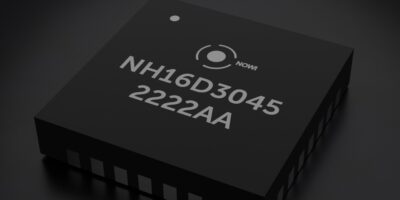A virtual development environment announced by Renesas Electronics enables development and operational evaluation of automotive application software to support the latest requirements of electrical/electronic architecture (E/E architecture).
The environment includes a virtual turnkey platform, which allows engineers to develop application software before devices or evaluation boards are available. There is also a multi-core debug and trace tool, which enables users to analyse and evaluate software as if running on an actual chip.
“With the evolution of E/E architecture, there is an increasing demand for software design that can maximise performance at a system level,” explains Hiroshi Kawaguchi, vice president, Automotive Software Development division at Renesas. At the same time, the increasing time and cost associated with software development have become a big challenge. “Our integrated software development environment that can be used across gateway systems, ADAS, and xEV development, enables customers to benefit from the scalability of Renesas products such as R-Car and the RH850 family for both software and hardware development.”
The virtual turnkey platform application software development environment consists of the R-Car Virtual Platform (R-Car VPF) development environment and a software development kit (R-Car SDK) that includes pre-tested software libraries and sample code. R-Car VPF is based on Virtualizer Development Kits (VDKs) from Synopsys, and integrates virtual models of IP specific to R-Car to customise for R-Car devices. By overlaying the R-Car SDK engineers can immediately start development of application software virtually. The platform accurately recreates the behaviour of the chip and eliminates the need to build up a development environment with a physical evaluation board. Multiple users can also develop software simultaneously on separate PCs or servers.
The next step is to integrate the software and verify that it runs on a single chip. Software components share resources such as the multiple CPUs and IPs on R-Car SoCs. If operational problems are detected after the software components are integrated, it requires a tremendous amount of work to analyse and solve them, explains Renesas. The Multicore Debug and Trace tool analyses and identifies the causes of errors occurring from the interaction of the multiple hardware resources in R-Car SoCs. This enables synchronous and simultaneous debugging of the entire heterogeneous architecture of R-Car without using the actual device.
The development environment is available for the R-Car S4 SoC for automotive gateways. Renesas has plans to support the R-Car V4H as well as future versions of R-Car products and RH850 automotive MCUs.







